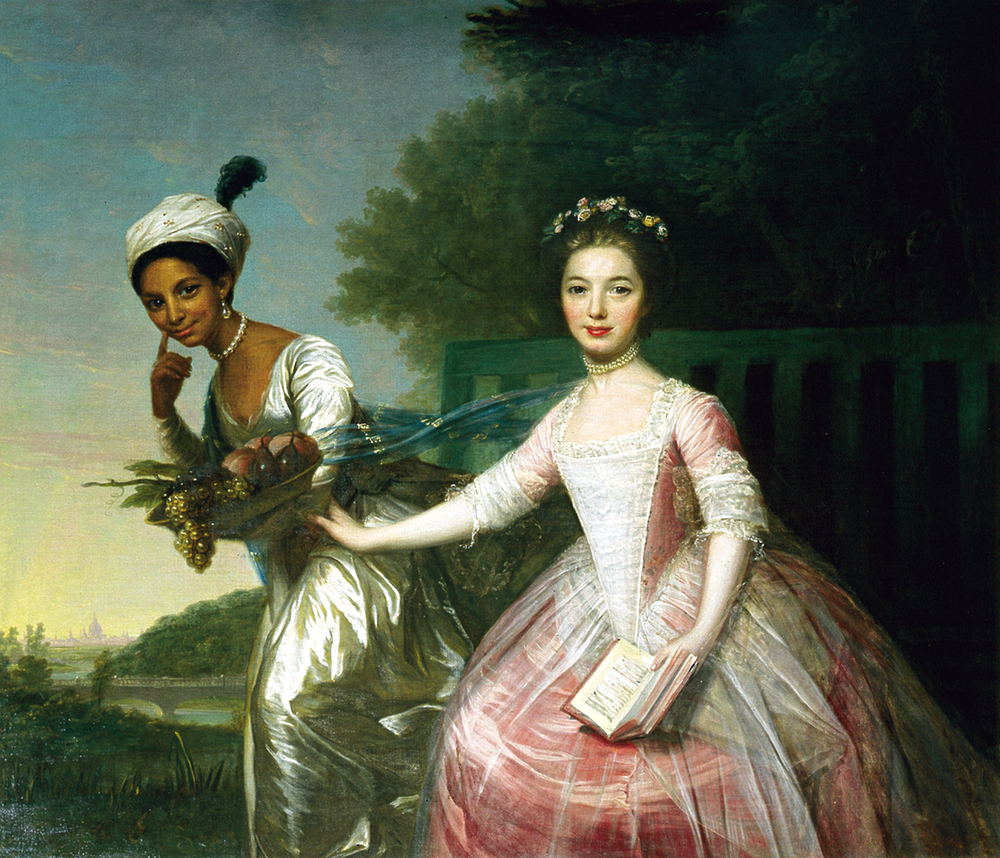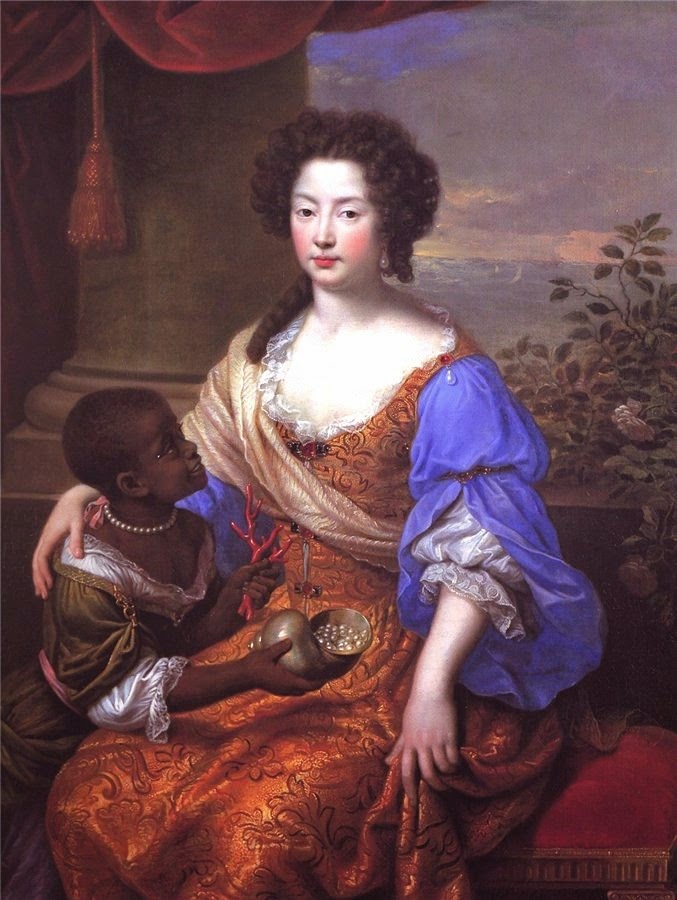Starting
this project, I was fascinated with the use of live Africans as status symbols
in European paintings. The main theme I am looking to explore with this series
of Blog posts is how European nobility used Africa and its people as status
symbols to portray their prosperity, beauty, and “expansive” worldview. I think
the use and exploitation of the African people as essentially decorations and
accolades as shown in the paintings I will introduce directly relates to the
idea of “borders”, the clash of European and African culture, and it highlights
how they begin to blur when looking at social, political, and economic issues.
+Portrait+of+a+Man+in+Armor+with+Two+Pages.jpg)
1530s Paris Bordone
(Italian painter, 1500-1571) Portrait of a Man in Armor with Two Pages.
In the
above painting, a high ranking European official is depicted with two young
boys, identified as pages, in his portrait. Such a portrait would be
commissioned by the official or his army to commend long standing service, or
simply as a portrait to have for the many reasons one of prestige would have
such a portrait. The influence of Africa on this painting is apparent in that
one of the pages is an African child.
First off, the man is shown to be in full armor with two pages, with
what seems to be a full army at his command, this portrait has a distinct goal
of showing how important this official is. The one page that is white is in a
much closer embrace when compared to the African child, whom is shown holding his
helmet, as if comparing the color of his skin to the color of the black helmet.
The African child is also in a much darker background in dark clothing, as if
to emphasize how dark he really is in comparison to the two Europeans. The
reason an artist such as Bordone would make such an artistic choice is simple,
it was in fashion to show off how lightly colored your skin was when compared
to Africans, it was a status symbol. Another reason is perhaps simply to show
off the exoticism of having an African child as a page, when people that see
the portrait marvel at how black the child is the official seems much more illustrious,
well traveled, and cultured for having been exposed to such a foreign presence.
Although slavery was not very popular in Europe, having a black child in
servitude was still very popular, and having one in your service, as a page in
the above painting for example, served to show off how wealthy and important
you were. So in the above painting the
African child serves to illustrate the officials wealth, status, and power.
Such is the way African children were used essentially as décor, which becomes
prevalent in the artistic choices the painter makes when creating such a portrait
which has the purpose of making the person who commissioned it look as awesome
as possible, such as making the child as dark as possible. Although it may not
be the intention, the African child is shown as being more subservient than the
European child, with whom the official is in an embrace, and is depicted as
actively holding the man’s helmet. In this we can see a distinct separation between
the way Europeans and Africans are treated in these types of portraits.








